Do you have a question about the Iiyama G-Master GB3467WQSU and is the answer not in the manual?
Steps and required information for reporting monitor faults to the support center.
Statement confirming the monitor's compliance with relevant EC/EU directives.
Recommendation for recycling used products and where to find information.
Important warnings for safe operation, preventing hazards from electrical shock, fire, and physical injury.
Warnings for safe installation locations, ventilation, cable handling, and monitor operation.
Guidance on optimal monitor positioning and viewing habits to prevent eye strain.
Explanation of common LCD monitor symptoms that are not indicative of a fault.
Information on contacting the service center for issues related to packaging.
Guidelines for safely cleaning the monitor's cabinet and screen, including prohibited solvents.
Lists key features and capabilities of the iiyama G-MASTER LCD monitor.
Guide to checking if all included accessories are present and undamaged.
Steps and safety warnings for mounting the monitor securely to a wall.
Specifies the correct landscape orientation for monitor operation.
Step-by-step guide for installing the stand base onto the monitor.
Instructions for safely removing the stand base from the monitor.
Identifies and describes all external controls, ports, and indicators on the monitor.
Detailed steps for connecting cables and managing them for a clean setup.
Guidance on configuring computer settings and adjusting signal timing for optimal display.
Instructions for adjusting monitor height and angle for ergonomic viewing.
Step-by-step guide for using the OSD menu to adjust monitor settings.
Explains adjustments for Contrast, Brightness, Overdrive, and other picture enhancement options.
How to directly access and adjust the Blue Light Reducer setting without opening the full menu.
Guide to selecting the video input source via automatic detection or manual menu selection.
Instructions for adjusting audio volume and using the mute function on the monitor.
How to save personalized monitor configurations into user modes.
Detailed guide for adjusting color temperature, hue, and saturation for precise color tuning.
Instructions for utilizing i-Style Color presets and X-Res Technology for image enhancement.
Guide to selecting appropriate video modes for different resolutions and aspect ratios.
Options for selecting the monitor's OSD language from a list of supported languages.
Configuration options for OSD behavior, HDR, FreeSync, LED indicator, DDC/CI, and USB standby.
How to view current input signal information such as resolution and refresh rate.
Steps to restore the monitor's settings to their original factory defaults.
Methods for locking or unlocking OSD and power button operations to prevent accidental changes.
Explanation of the monitor's standby mode, power consumption, and indicator behavior.
Solutions for common problems like no picture, screen synchronization, or positioning.
Troubleshooting steps for issues related to screen brightness, image shaking, and sound.
Information and website links for proper disposal and recycling of the monitor.
Detailed technical specifications of the LCD panel, including size, resolution, brightness, and contrast.
Technical details on input connectors, USB standards, power source, and consumption.
Provides physical measurements of the monitor and its tilt adjustment capabilities.
Lists supported video timing standards for optimal display performance.
| Panel type | VA |
|---|---|
| Color depth | 8 bit |
| Pixel pitch | 0.232 x 0.232 mm |
| Response time | 0.4 ms |
| Display surface | Matt |
| Display diagonal | 34 \ |
| Display technology | LED |
| Native aspect ratio | 21:9 |
| Screen curvature rating | 1500R |
| Viewable size, vertical | 333.72 mm |
| Contrast ratio (dynamic) | 80000000:1 |
| Contrast ratio (typical) | 3000:1 |
| Display number of colors | 16.7 million colors |
| Display diagonal (metric) | 86.4 cm |
| Viewable size, horizontal | 797.22 mm |
| Digital horizontal frequency | 30 - 160 kHz |
| Display brightness (typical) | 550 cd/m² |
| High Dynamic Range (HDR) supported | Yes |
| High Dynamic Range (HDR) technology | High Dynamic Range (HDR) 400 |
| AC input voltage | 100 - 240 V |
| AC input frequency | 50 - 60 Hz |
| Power consumption (standby) | 0.5 W |
| Power consumption (typical) | 66 W |
| RMS rated power | 4 W |
| Number of speakers | 2 |
| Tilt angle range | -3 - 20 ° |
| Cable lock slot type | Kensington |
| Panel mounting interface | 100 x 100 mm |
| USB hub version | 2.0 / 3.2 Gen 1 (3.1 Gen 1) |
| DisplayPort version | 1.4 |
| Headphone connectivity | 3.5 mm |
| USB upstream port type | USB Type-B |
| Number of upstream ports | 1 |
| USB Type-A downstream ports quantity | 4 |
| Feet color | Black |
| Market positioning | Gaming |
| Cables included | AC, DisplayPort, HDMI, USB |
| Storage temperature (T-T) | -20 - 60 °C |
| Operating temperature (T-T) | 5 - 35 °C |
| Storage relative humidity (H-H) | 5 - 85 % |
| Operating relative humidity (H-H) | 10 - 80 % |
| Harmonized System (HS) code | 85285210 |
| Depth (with stand) | 275 mm |
|---|---|
| Width (with stand) | 809.5 mm |
| Height (with stand) | 424.5 mm |
| Weight (with stand) | 8700 g |
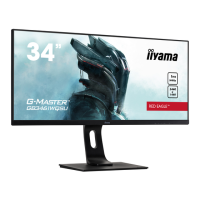
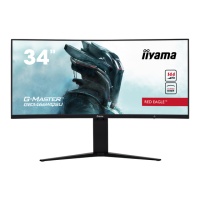
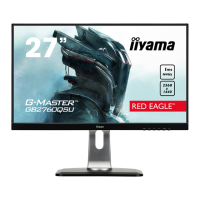
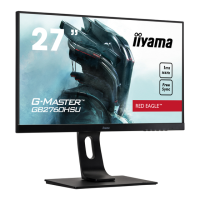

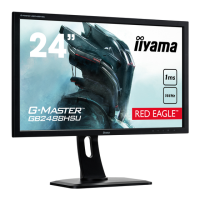


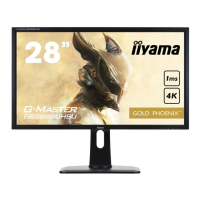

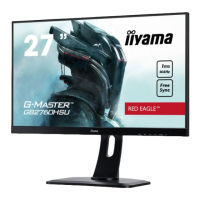
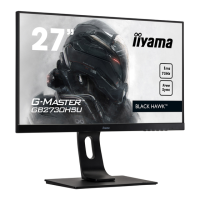
